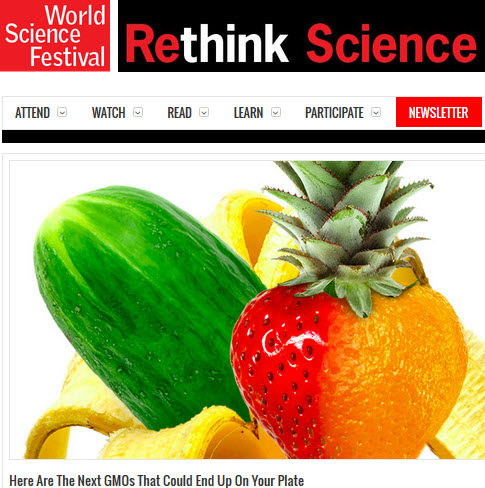Christmas Biology lessons
Wednesday 17 December 2014
The last few teaching days before Christmas can be a challenge. Some students leave school early to travel to see their families. Those in school until the end of term are sometimes flagging in their motivation for past paper questions. Excitement and anticipation are building and it's harder to hold their attention. Here are a few ideas for the last IB Biology lesson of the year.
Ri Channel - Christmas lectures
 Since 1825 the Royal Institution has run a series of science lectures over the Christmas period. Their mission is to encourage people to think further about the wonders and application of science and you can watch the whole lectures on the Ri Channel but there is also an excellent series of biology clips to explore the 2013 Life Fantastic lectures. The clips give three examples of the specialised function of cells (neurons, cilia, cardiomyocytes) and the organs (brain, lungs, heart) in which they are found.
Since 1825 the Royal Institution has run a series of science lectures over the Christmas period. Their mission is to encourage people to think further about the wonders and application of science and you can watch the whole lectures on the Ri Channel but there is also an excellent series of biology clips to explore the 2013 Life Fantastic lectures. The clips give three examples of the specialised function of cells (neurons, cilia, cardiomyocytes) and the organs (brain, lungs, heart) in which they are found.
The Ri website also has online games which cover biology topics from cell cycles and DNA to skeletons, food and sport. Each game has a different theme, and there are quizzes too. One game which caught my eye was about mitosis and the cell cycle and this game about DNA profiling covers aspects of the nature of science too.
 World Science Festival website
World Science Festival website
This is a site full of eye catching resources. Take a look at the Cinema peer review which evaluates science in movies. There is a nice quiz series of photos about animal eyes or perhaps the information about the next GMOs which could end up on your plate.
If you prefer something more practical, these suggestions for experiments to during your Christmas dinner will give your students plenty of ideas to amaze their families using the sorts of things you can find on a dinner table. Not particularly biological, but fun to try.
The Sun newspaper is a British tabloid famous for, amongst other things, eye catching front pages. This series of fictional historical front pages cover many biological discoveries including the structure of DNA, the first Vaccination, and Climate change. Each front page is supported by short, fact-packed articles explaining the background to each story.


